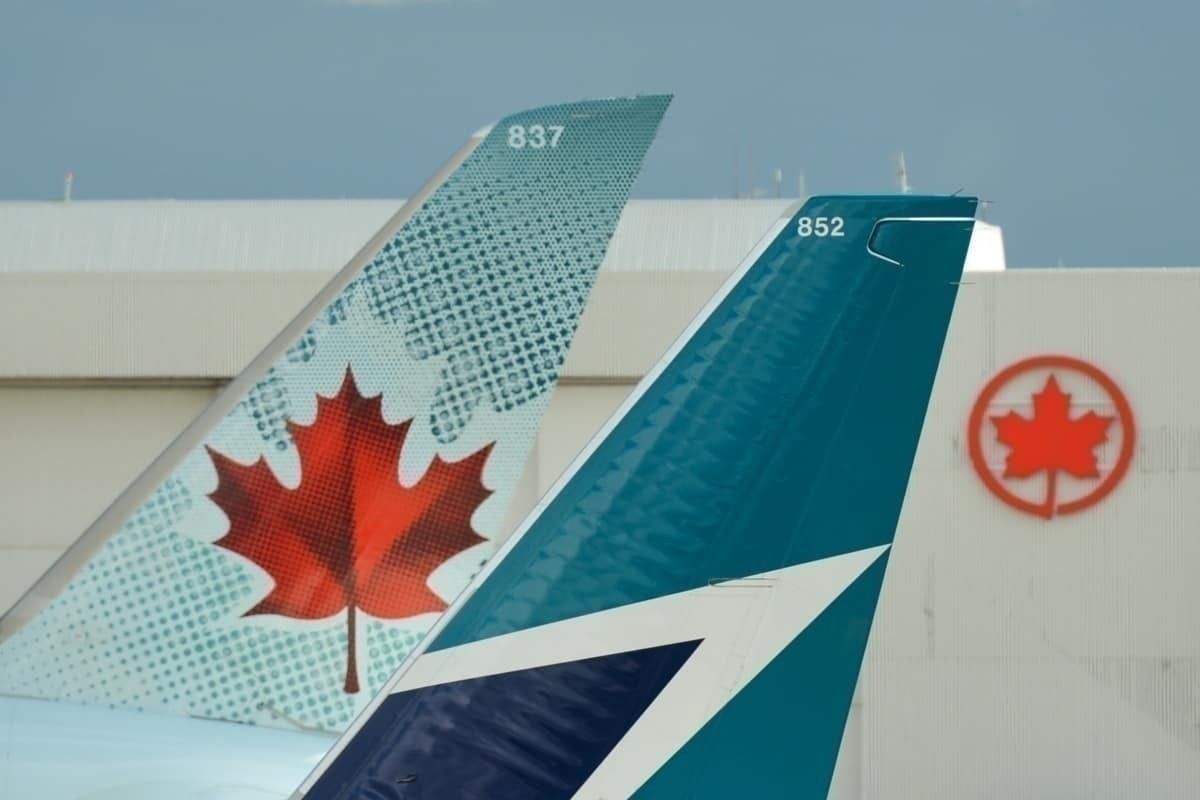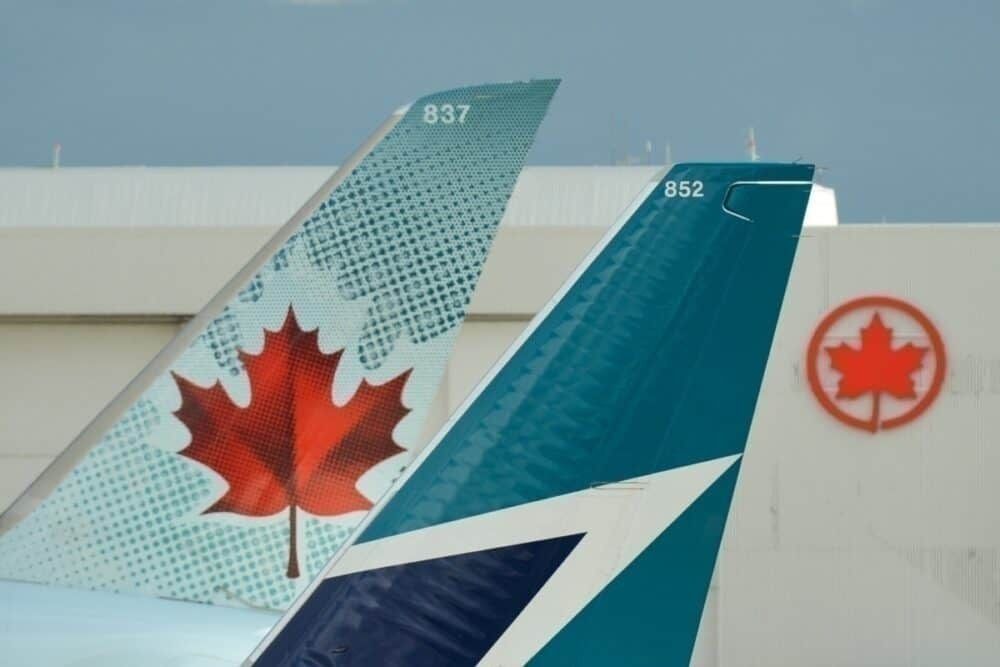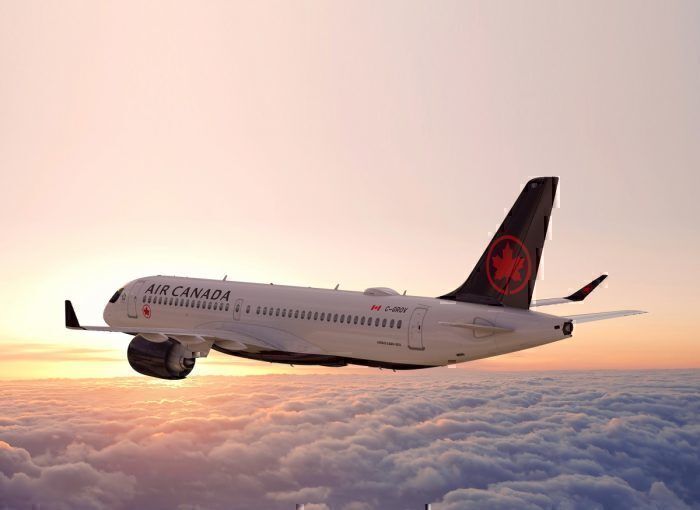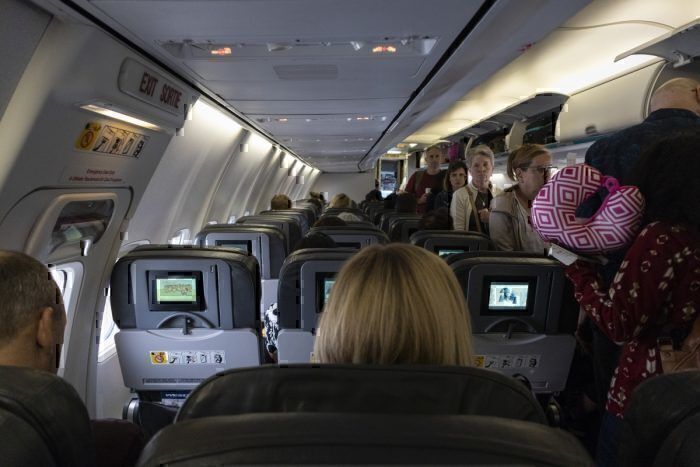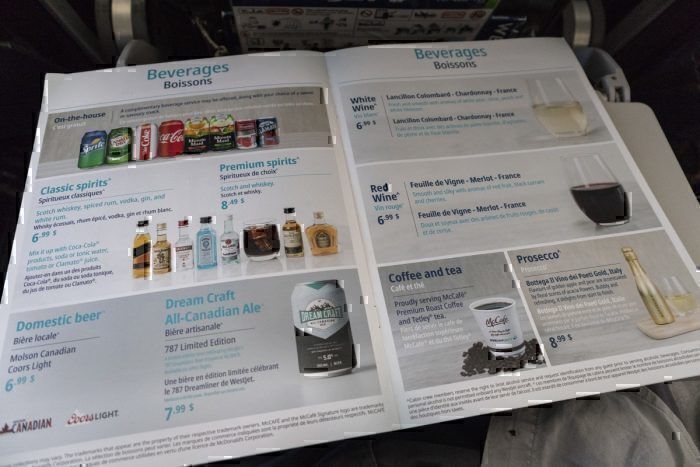Continuing our series of airline comparisons, today we'll look at the two major players in the Canadian aviation marketplace: Air Canada and WestJet. While there are a number of other airlines sharing the market including Air Transat (for now), Sunwing, and Porter, Canadians usually see Air Canada and WestJet as the main options for travel across the country. So which one is better?
Destinations
According to FlightConnections.com, Air Canada serves 59 domestic destinations and 152 international destinations in 64 countries. On the other hand, WestJet serves 43 domestic destinations and 67 international destinations in 26 countries.
Clearly, Air Canada is the winner across the board, both internationally and within the country. WestJet has zero operations to Asia, Oceania, South America, or North Africa while its archrival does.
The gap is further widened with Air Canada's membership in the Star Alliance, giving the airline's most loyal travelers status-recognition with 25 other member airlines around the world. While WestJet has a number of codeshare agreements with oneworld and SkyTeam airlines, the benefits and rewards vary greatly.
Fleet
As far as their long-haul aircraft are concerned, both airlines include the Boeing 787-9. However, as Air Canada is the much larger carrier, it also uses quite a diverse fleet of widebodies including the Airbus A330 and Boeing 777. It's low-cost subsidiary Rouge uses the aging 767 once operated by Air Canada.
WestJet is relatively new to the long-haul market. Its first widebody acquisition was a number of aging Boeing 767s from Qantas for its venture into Europe. These aircraft were initially plagued with problems as spare parts were more difficult to come by, leading to messy flight delays and cancelations. Its new 787-9s, however, have been welcomed with overwhelmingly positive reviews.
For narrowbody jets, both airlines are 737 MAX customers. But for aircraft that are currently allowed to fly, WestJet relies on its aging 737 fleet (-600, -700, -800) while Air Canada mainly uses Airbus A320s and A321s. For these single-aisle jets, the interiors for both airlines are fairly old and in need of refurbishment - WestJet more so.
Of course, the one narrowbody that isn't needing any refit is Air Canada's new Airbus A220. This aircraft has quickly become a favorite among many travelers and is something that Air Canada has above its rival.
Inflight service
The biggest difference in the inflight experience is WestJet's spotty inflight entertainment offerings. As a majority of its domestic services use older Boeing 737s, many either have old systems or no systems at all.
In contrast, Air Canada does offer inflight entertainment for the majority of its domestic operations - even if some systems are getting old.
Both airlines will normally offer a beverage and a snack during the flight for domestic services with other food for purchase. On international services, Air Canada is a truly full-service carrier offering inflight meals. WestJet's 787 service to Europe is the only place you'll find complimentary inflight meals in economy class.
Ratings and reviews
Canadians are quite vocal when it comes to complaining about their airlines. While the Dutch overall seem to love KLM and the Japanese adore both ANA and Japan Airlines, it seems like hating on both WestJet and Air Canada is a national pastime for Canadians. Indeed, North American aviation as a whole is usually perceived as a step below other parts of the world.
Reviewers give both airlines 4/10 through SkyTrax. However, the company itself has designated Air Canada a four-star airline while WestJet is labeled a three-star carrier. While SkyTrax has named Air Canada the best airline in North America numerous times, there are many out there who would disagree- or simply state that the bar has been set very low.
Tripadvisor tells a slightly different story as WestJet gets an average rating of 4/5 from reviewers while Air Canada gets 3/5. For Air Canada, its weakest points were the categories of "The Onboard Experience" and "Value for Money". For WestJet, its weakest point was inflight entertainment.
We asked some Canadian travelers for some opinions and the overwhelming majority said that WestJet's customer service was better with friendlier staff. Air Canada was praised for its superior inflight entertainment systems and the half-price discount it provides to musicians needing an extra seat to fly with their large, fragile instruments (cellos, for example).
Conclusion
In terms of getting where you need to go (especially internationally), and being recognized for frequent flyer status, Air Canada is the clear winner.
While WestJet originally set off as a low-cost carrier, its pricing and service has since become fairly similar to Air Canada. Overall I have found that WestJet's corporate culture is friendlier and easier to deal with. However, many have commented that this has declined over the years since the airline launched.
Have you flown either of these airlines? We'd love to know about your experience and if it is consistent with the points made above! Share your opinion by leaving a comment.

